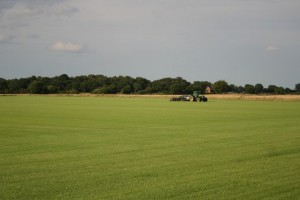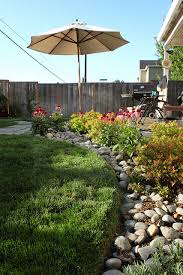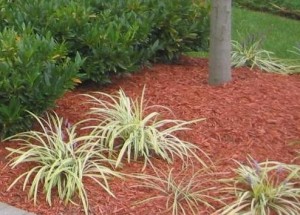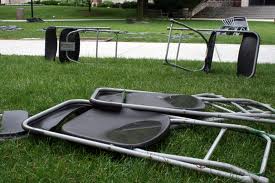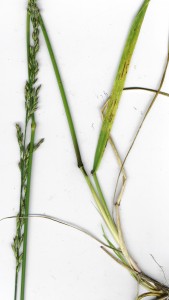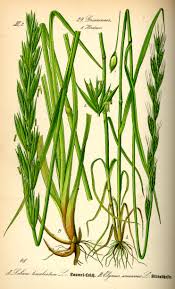Zero-turn lawn mowers are the type of invention that may have taken a little while to get here but once they did in the early ’60s, made you shake your head and wonder what took it so long to arrive. The have great manoeuvrability, can cover a really big space, are fun to ride, and fairly simple to maintain. They’re called “zero turn” because these lawn mowers are able to contour corners so closely, there’s hardly any grass left to trim after. It saves a huge amount of time and work, for if you only need one piece of equipment to do the job instead of two, you’re twice as far ahead. Before you go shopping for a zero-turn lawn mower, though, take a second to read this guide so you know exactly what to look for.
1. What Deck Size Do You Need?
Deck size refers to how wide your zero-turn lawn mower will be, with a general rule of thumb being the bigger the yard, the wider the deck. This is so your mower can efficiently clear your lawn without you having to spend hours and hours at it, with the equivalent being something like using nail clippers to cut an average-sized front year.
But hold on a sec: having a wide deck size doesn’t automatically mean that you should go with the biggest number to get the job done the fastest. You have to keep proportion, balance and curvature in mind. A wider deck size will allow you to cut more in one go, yes, but you won’t be able to corner quite as tightly. But by picking out a smaller deck size, you trade off a bit of stability, which is necessary if your yard is sloped.
Deck Construction
Along with size, you’ll want to check out the guts of the deck. They’re assembled in one of two ways, stamped or welded. Commercial grade mowers have the steel layers of the deck welded together for added toughness, while residential mowers tend to have lighter gauge steel, and stamped together instead of welded. The difference is mainly for the type of terrain you have, as welded can handle roughness a lot more easily than stamped decks.
2. Get the Right Engine Size for What You Need
Just like deck size, engine size matters only as much as the specs of your lawn. If you’ve got an even, smooth lawn, you’re not going to need something that can blast its way through granite. Conversely, if you’ve got rough, hilly terrain on your property, you’re going to need something with a little more oomph to it.
There are two basic engines you can get with a zero-turn lawn mower, and each is equipped to do a specific job:
3. Finish it Off with Tires and Cutting Height
Until someone invents a lawn mower that can do its job by floating in the air, lawn mowers will have tires. And the tires you pick are going to be holding up the whole weight of the mower, so check out four-ply-rated tires for the best job. And if you can get them, wide tires will help distribute the weight of the mower more evenly, which is always a good idea.
Lastly, cutting height is a feature that you’ll almost always be using. You can adjust the height of the blades either manual — which eats away at productivity and efficiency — or foot assist or hand lever to raise and lower the blades on the go.

